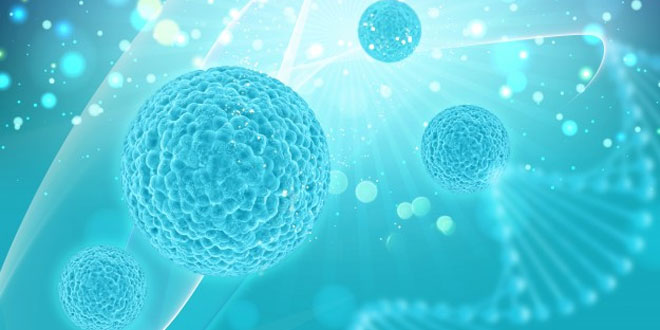Question: Name the organelles present in liver of animals for detoxifying many poisons and drugs.
Answer: In the liver of animal cells smooth endoplasmic reticulum helps in detoxifying many poisons and drugs.
Question: What is the energy currency of the cell?
Answer: ATP—Adenosine Triphosphate.
Question: What is the function of ribosome?
Answer: Ribosomes help in protein synthesis.
Question: Where are genes located in the cell?
Answer: Genes are located in the chromosomes in the nucleus of the cell.
Question: Name the cell organelles that helps in packaging?
Answer: Golgi apparatus.
Question: Name the cell organelle which helps in the transportation of material.
Answer: Endoplasmic reticulum.
Question: Name the cell organelle due to which leaves, flowers and fruits get their colour.
Answer: Chromoplast.
Question: Name the cell organelle which helps in the formation of lysosome.
Answer: Golgi apparatus.
Question: Name the cleansing organelle in the cell.
Answer: Lysosomes.
Question: Name two cells with cell wall.
Answer: Onion cell (plant cell) and fungi.
Question: Why does mitochondria have largely folded inner membrane?
Answer: Mitochondria is the site for cellular respiration and provides energy to the cell. The largely folded inner membrane provides the increased surface area for ATP-generating chemical reactions.
Question: Which organelle makes the digestive enzyme of lysosome?
Answer: Rough endoplasmic reticulum makes the digestive enzyme of lysosomes.
Question: What are cisterns?
Answer: The Golgi bodies consist Of a system of membrane-bound vesicles arranged in stacks called cisterns.
Question: State two conditions required for osmosis.
Answer:
- The difference in the concentration of water, one should have higher concentration than the other.
- Semi-permeable membrane is also required through which water will flow.
Question; What is plasmolysis?
Answer: When a living plant cell loses water through osmosis there is shrinkage or contraction of the contents of the cell away from the cell wall. This phenomenon is known as plasmolysis.
 Class Notes NCERT Solutions for CBSE Students
Class Notes NCERT Solutions for CBSE Students



